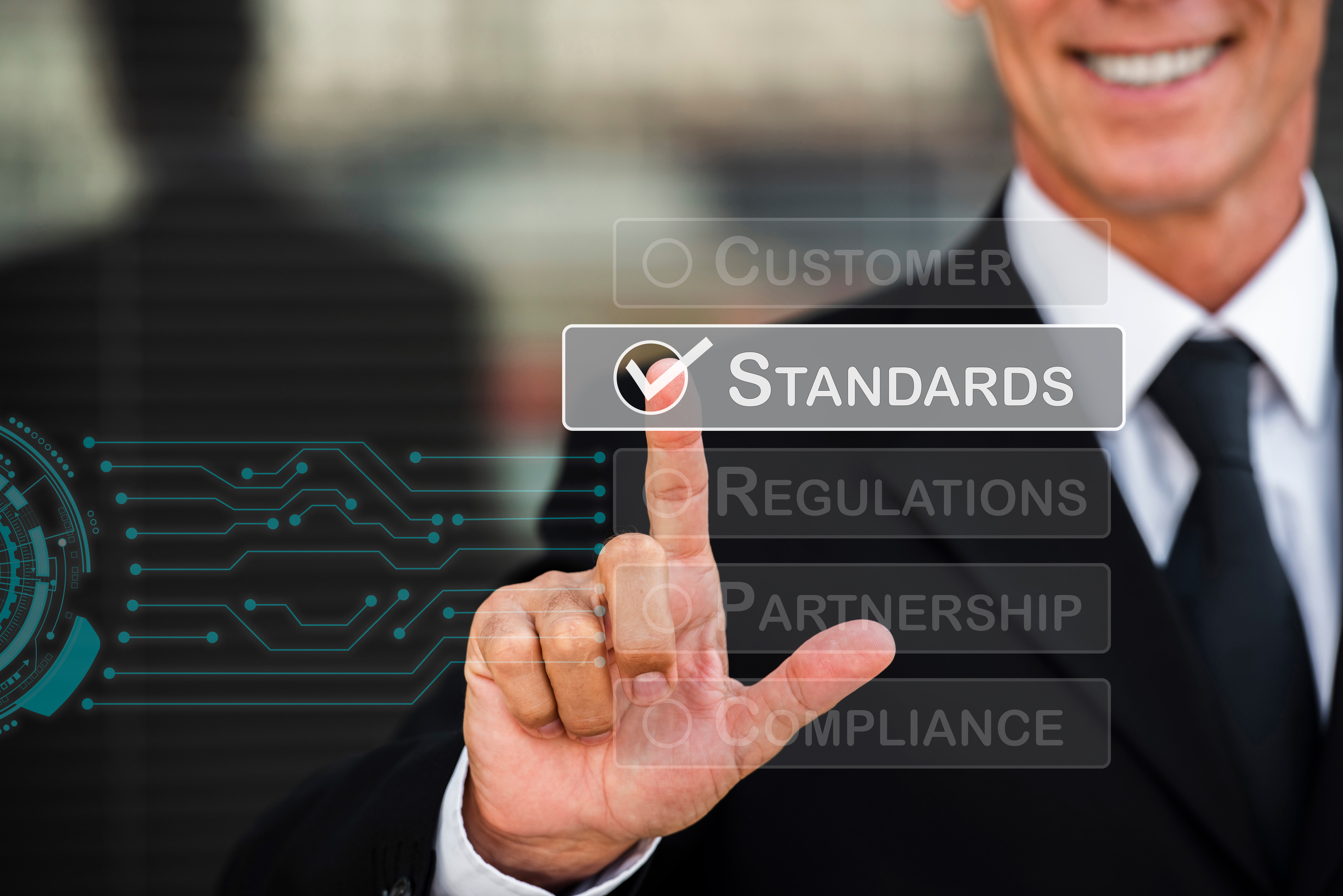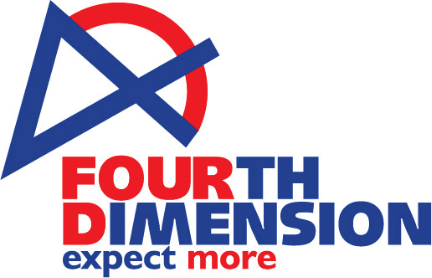Microsoft Secure Score: The Key to Non-Profit Cybersecurity Success
Cybersecurity
Have you ever wondered if your organization’s information is secure in Microsoft 365? Do you want to learn how to better protect the information you save in OneDrive, SharePoint, Teams, and Exchange about your clients, employees, and other users?
A feature of Microsoft 365 called Microsoft Secure Score aids in understanding and enhancing your security posture.
This is a score that reflects your non-profit’s overall security health. The measures you have put in place to protect your people, devices, and data are what determine your Microsoft Secure Score.
The implementation of multi-factor authentication, data encryption, and security policies are some of the variables that are considered while calculating the score.
How is the Microsoft Secure Score useful in improving the cybersecurity of your non-profit?
You can evaluate the organization's existing security posture using the Microsoft Secure Score. With unified visibility, it also aids in helping you spot potential upgrades across all of your Microsoft 365 workloads.
Utilize the Microsoft Secure Score insights by following the instructions listed below.
Find your Microsoft Secure Score:
Sign in to the Microsoft 365 admin center with your Office 365 global admin or security admin credentials to access the tool.
After logging in, you can view your current score as well as a breakdown of the areas where you can improve your cybersecurity.
The tool will analyze your Office 365 and Azure AD configurations and give you a grade depending on how well you adhere to Microsoft's security recommendations.
Evaluate your security posture:Examine the current security posture of your infrastructure, identities, devices, information, and apps.
Organizations can use the tool to compare their scores to industry standards to get a sense of how they compare to other businesses in their sector.
Your organization's status should be benchmarked against other organizations over time.
Create a plan and note areas that need improvement:Determine which attack vectors you should address first and how to mitigate them by evaluating each recommendation in light of the embedded guidelines.
By incorporating improvement steps into your plan, you can enhance your security posture.
Improve your posture and increase productivity:Utilize integrated workflow features to help you assess the possible user effect, and the steps required to put each piece of advice into practice in your environment.
You may easily raise your score using the tool's step-by-step instructions on how to put the suggestions into practice.
You can strengthen your security posture and lower your risk of cyberattacks by adopting the recommended activities.
Inform the leadership of any improvements:Track and maintain progress, spot reversals, and report to senior teams using historical reports.
Make it apparent how you're improving the security of your surroundings by using quantifiable facts.
Keep track of the security status of your company by regularly evaluating your security posture using the MSS.
You can use the score to improve your security posture by identifying potential weaknesses.
What is a good or acceptable Microsoft Secure Score?
A secure score of 47% is quite respectable when compared to the average for other firms, which is 21%.
Instead of focusing on increasing your score, the major goal is to become aware of options for protecting your environment that does not affect organizational efficiency.
Case studies of non-profit organizations using Microsoft Secure Score:
American Red Cross:
The American Red Cross is one instance of a non-profit that has employed Microsoft Secure Score successfully. They made use of the tool to strengthen their cybersecurity and safeguard the private data of their donors and clients.
The American Red Cross was able to apply the tool's suggestions and increase its score by 50% in just six months.
National Multiple Sclerosis Society:
Another illustration is the National Multiple Sclerosis Society, which improved the security of its sensitive data by using Microsoft Secure Score. By following the tool's recommendations, they were able to raise their score by 30% in just three months.
Conclusion:
Non-profit organizations can use Microsoft Secure Score, a potent tool, to strengthen their cybersecurity. Non-profit companies are just as susceptible to cyberattacks in the modern digital age as for-profit businesses. For non-profits to protect their sensitive data as well as the information of their donors and clients, it's crucial that they have effective cybersecurity procedures in place.
